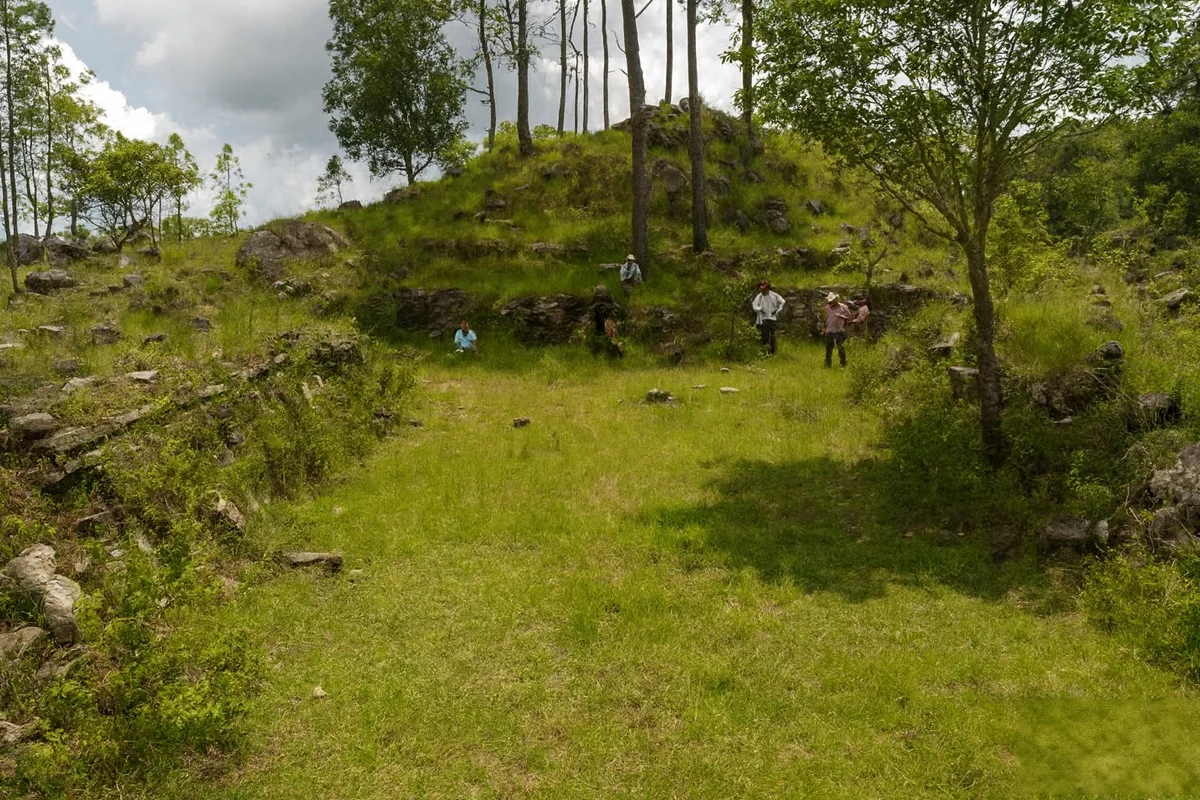Archaeologists from Mexico’s National Institute of Anthropology and History (INAH) have discovered a well-preserved ancient city on Guerrero’s Costa Chica, a discovery that could redefine the region’s ancient cultural landscape.
The site, named Paso Temprano (or Corral de Piedra by local residents), covers an area of more than 1.2 kilometres and dates from 1200-years-ago during the Epiclassic period.
Experts from INAH have described the site as an ancient city featuring palatial zones, a ball court and defensive walls, all built using a distinctive construction style known as Mixtec facing.
The construction technique uses upright stone blocks interspersed with thin slabs, similar to other period sites such as Tehuacalco near the present-day city of Chilpancingo.
“In the coming years, the study of Paso Temprano could define a local archaeological culture that flourished between the Epiclassic and Early Postclassic periods in this part of what is now Guerrero,” highlights archaeologist Miguel Pérez Negrete, who, along with his colleague Cuauhtémoc Reyes Álvarez, also affiliated with the INAH Center in Guerrero, carried out the inspection work.

Historical evidence suggests that the Amuzgo and Mixtec peoples later occupied the region during the Late Pre-Hispanic era, though the identity of Paso Temprano’s original builders remains unknown.
Initial surveys of the site have interpreted the layout to indicate a complex social hierarchy where lower areas contain modest dwellings, while elevated areas were reserved for palatial compounds and public/ceremonial spaces.
“The ascent is steep, but the architecture is extraordinary,” Pérez Negrete explained. “You can clearly distinguish living areas, corridors, checkpoints, and ceremonial sectors. The preservation is so remarkable it feels as though the centuries have barely touched it.”
A 49-metre-long I-shaped ball court was also uncovered, distinguished by its stone-lined forecourts and natural promontories. Nearby, archaeologists documented an 11-by-4.5-metre hall, a plain stele likely used as an altar, and several smaller surrounding chambers.
Header Image Credit : CINAH Guerrero
Sources : INAH

